30+ Different Types Of Furnaces With Pictures (Buying Guide)
Furnaces at home are a great investment because they are the heart and soul of the home’s heating system. We could trace the existence of furnaces to as early as the Roman period, but today, a vast majority of homes in North America now have the ingenious service of the furnace.
While we know of the gas and electric furnaces, this is not the only type that you should be aware of.
When it comes to furnaces, narrowing down the type that would suit your home needs and your preferences are important. Hence, in this post, we shall look at some types of furnaces as well as when and how they are used.
Related: 7 Worst Furnace Brands To Avoid
In this article:
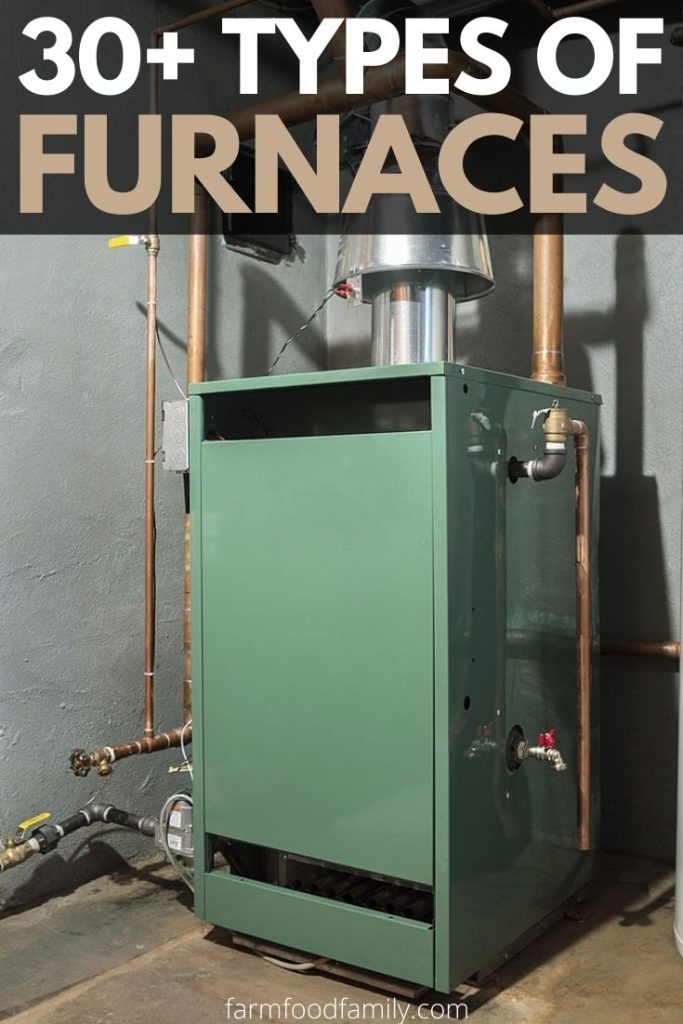
What is a furnace?
As have been said, furnaces are default appliances in locations where the cold months are longer and harsher as they provide heat around the home.
A furnace works by blowing hot air through pipes and ducts. The warm air is then pushed to grills and air registers, depending on the type of furnace and its airflow.
Furnaces come in a range of types but they are generally categorized in terms of fuel type. They are powered by natural gas, propane, electricity and oil, among others.
Categories
Furnaces are categorically designed in terms of heat distribution and default parts. In this case, we turn to four types of furnaces namely, natural draft, forced air, forced draft, and condensing furnaces.
1. Natural draft
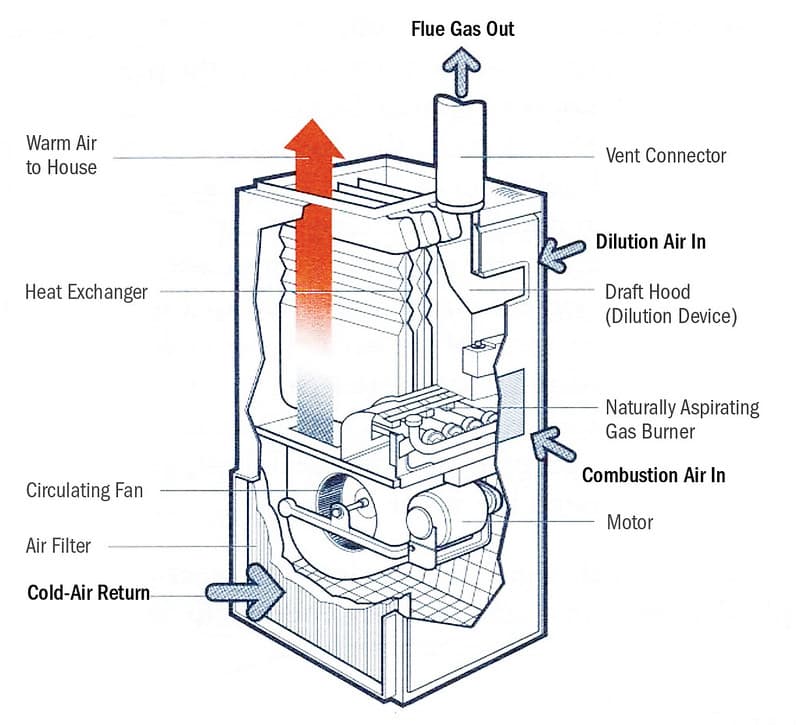
This is considered as the oldest furnace category featuring basic designs and few controls. The heat coming from this furnace is vented in chimneys using pipes which distribute heat across the room and in the flooring.
The level of heat it gives is dependent on the amount of fuel you pour. Later on, electric blowers were used to regulate the amount of heat distributed.
2. Forced air
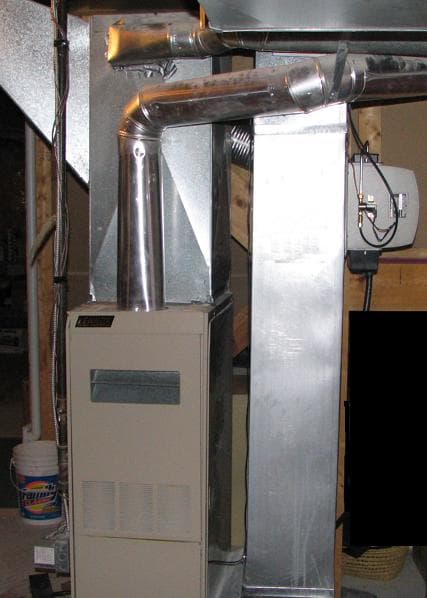
The glory days of forced air furnaces would be the 50s and 60s. They are a huge upgrade from natural draft but are significantly bulky and come with an all-steel exterior for heat retention.
Like the natural draft, it is also attached to pipes and vents out the air through the chimney. The only difference is its use of electric blowers.
3. Forced draft
This one was specifically designed to be more efficient than the first two. This one features a steel heat exchange and a multi speed blower. They are easier to install because they are more compact in design.
Their combustion air blower uses minimal fuel as the hot air is distributed around the room. They were also connected to AC units for better regulation.
4. Condensing
Of the four, this is the most fuel-efficient type. It features a draft inducer, comes with a secondary heat exchanger and has a built-in combustion area.
The pipes of this one are usually made of PVC material because the condensation part and heat distribution process is way faster. They can be installed horizontally and vertically thanks to its easy fit heat exchanger.
Types Of Furnaces (Fuel type)
When it comes to questions of efficiency and ecological impact, knowing the fuel type choices for furnaces should be well thought of. Your choice of fuel type should be based on accessibility, room size, and location.
1. Oil Furnace

If you have enough space in the home for you to store the furnace oil, this one is also a good choice. They emit higher heat BTUs and are easy to maintain.
Perhaps, the downsides to oil furnaces would be the need to continuously refill them and that they produce tar and soot after.
2. Electric Furnace
This one is the biggest turnaround when it comes to furnace fuel types. Aside from being very accessible, it is more cost-efficient, easier to install and does not emit carbon fumes. If you want ease of operation and running cost, electric furnaces are a prime choice.
3. Propane Furnace
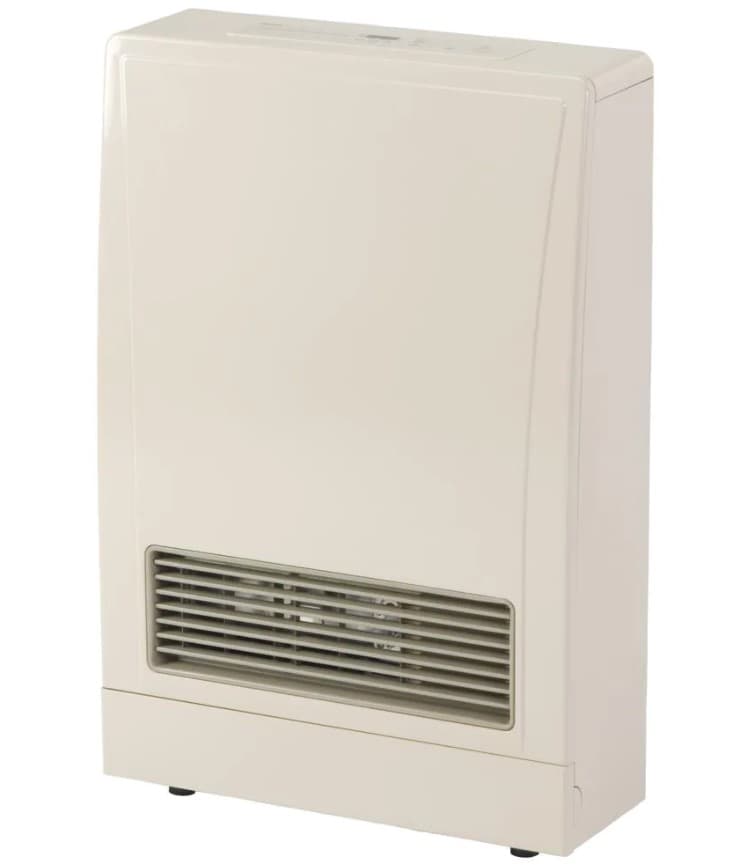
This fuel type is tantamount to convenience because as a source, it is very accessible and in terms of installation, it does not require gas lines.
It is usually connected to a propane tank and is a popular choice because it heats up immediately. However, you have to depend on continuous refill and the cost of propane gas is quite high.
4. Wood Furnace
For a fuel source that is reliable, dependable, cheap, and easily available, wood is always the best choice. For one, it is very cost-effective and does not depend on refills.
Wood furnaces are also virtually portable so if you need to clean it out or reduce fire hazards, you can take it outside. However, make sure that you have a steady supply of wood and be ready for soot cleaning every now and then.
5. Natural gas Furnace
This one is one of the most reliable fuel sources when it comes to furnaces. They are accessible, cheap, easy to heat up and give even heat distribution.
It is also easy to install and inexpensive to repair (although it does not break very often). Most of all, natural gas is clean fuel so if you want an eco-friendly choice, this should be on top of your list.
6. Coal Furnace
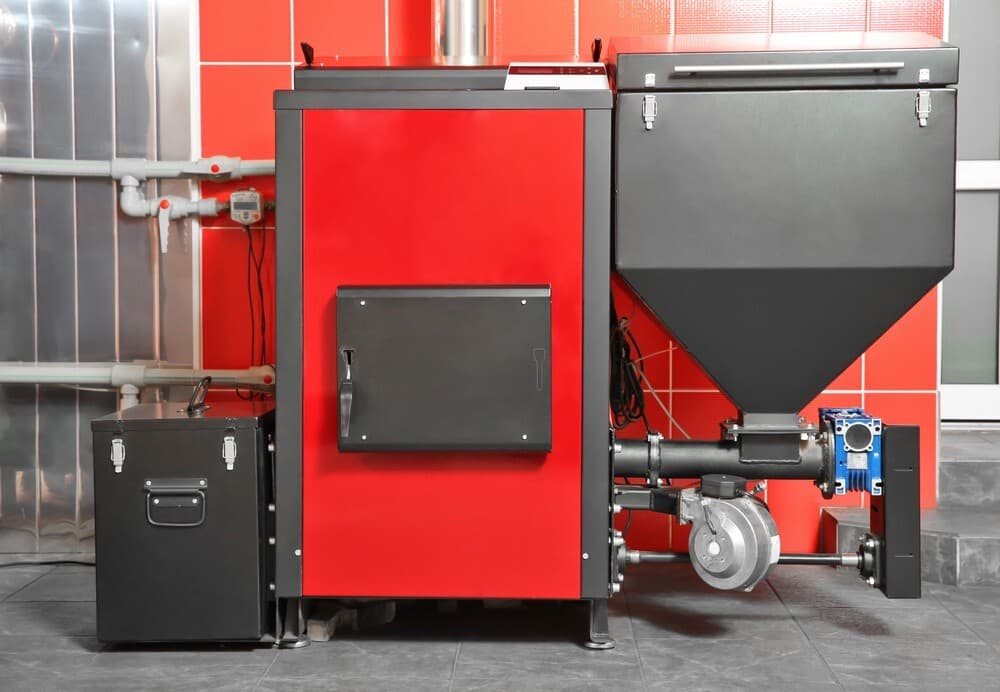
Like wood, this one is not dependent on refills so this makes it very cost-efficient. Aside from this, it also has easy to detach parts so they are easy to maintain and inexpensive to repair.
When it comes to heating, you can expect it to provide fast heating at an even coverage. Its main downside would be the soot and fumes, and the reputation that it is not environment friendly.
Related: 4 Benefits Of Hiring Home Heating System Installers in Winchester VA
Types of gas furnaces
Gas furnaces are timeless because of their heavy-duty performance and high efficiency. If you are considering buying a gas furnace, the following should be your basis as to what type you should go for.
1. Single-Stage furnace

As the term implies, this only allows gas to flow into the furnace and features a single valve which can be closed and opened to regulate gas flow. The mechanism in this is very rudimentary as it runs in just one speed while it pumps hot air.
Nonetheless, this one is a great choice for locations with milder cold conditions. It is also fairly easy to install and is inexpensive.
2. Two-Stage furnace
If you want more control over the heating process, this one is the better choice. You can easily switch from low power to high power (and vice-versa) with this one, hence, the two-stage in the name.
By aligning it with your home’s thermostat, ample heating can be distributed accordingly. Compared to the single stage furnace, this one features an extended heating cycle.
3. Modulating furnace
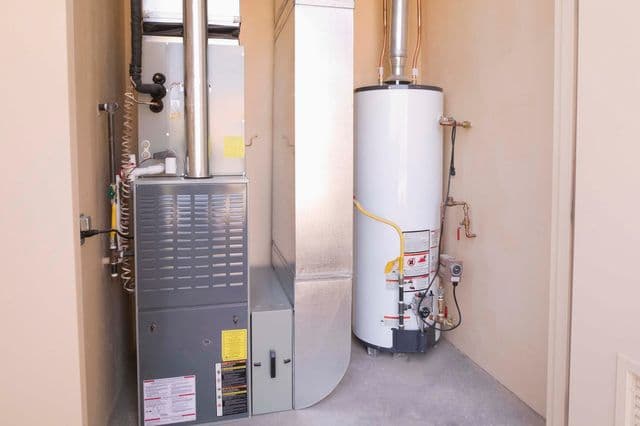

As the term suggests, you can freely modulate or adjust the heat level this furnace emits anytime. Almost all modulating furnaces work on a 1% increase or decrease in heat control so you can always monitor the amount of heat distributed.
They also have an extended heating cycle and they are convenient to use in locations with unstable and extended winters. They are also the most fuel-efficient type of gas furnace.
Types of furnace filters
Furnace filters are important in the overall maintenance and longevity of your furnace. They trap out harmful particles or too large contents that might damage the heating process and the furnace in general. Furnace filters are rated in terms of durability and the range of micron that they can filter.
1. Fiberglass filters


This one is a disposable filter for furnaces, making it one of the most inexpensive choices out there. They prevent dirt buildup on the fan motors, the heat exchanges, and other surfaces of the furnace.
They are not, however, fit for furnaces involving harmful chemical contents because it only gives minimum protection.
2. Pleated filters


This one can filter up to 0.3 micron which means that it could strain particles the size of bacteria and viruses.
Compared to fiberglass and synthetic filters, this is more durable and way more efficient. They are perfect in eliminating more air pollutants than most materials.
3. Electrostatic filters


This one is made up of self-charging fibers which attracts dust and other particles from the air. They come in washable and disposable types but the former is more preferred because it is long lasting and easy to maintain.
They can be lightly brushed using soap and water but it must be dried thoroughly before reinstalling as it would encourage mildew buildup.
4. Carbon filters


This type of furnace filter primarily functions in filtering foul odor caused by contaminated air particles. However, the efficiency of this filter relies on the amount of carbon injected in the filter. Once the carbon level drops, so would its effectiveness.
5. HEPA filters


Like the pleated filter, this one is made for high-efficiency filtering, eliminating up to 0.3 micron and larger. The main downside of this one is that it reduces the airflow of the home and as such, can affect your energy consumption.
Types of industrial furnaces
Furnaces do not just function as the home’s main heating system. They are also valuable machinery in industries around the world most specifically in treating metals like steel and alloy and in the production of industry grade materials from gears, sheets, rods, and more.
1. Bell Furnace
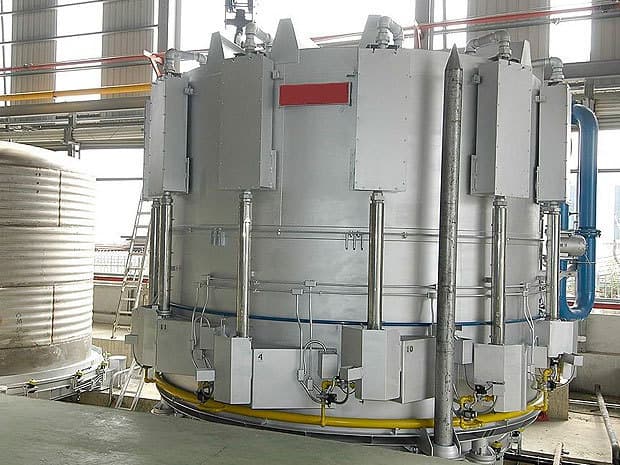

The main feature of this furnace is its moveable dome. This means that it comes with a hood which you can lift if you want to have more controlled atmospheres.
They are used for tempering, annealing, normalizing, and relieving stress in steel plates. They can be installed with multiple bases to treat coils, rods, sheets and others.
2. Box Furnace
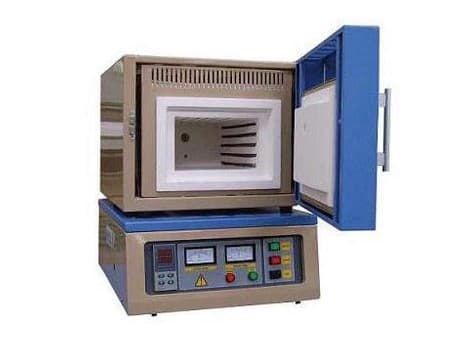

This one is used for preheating, tempering, calcining, and heat treating. They feature either a swing open door or a vertical lift to ensure good airflow and insulation.
This one is bulky and heavy, often lifted or moved using forklifts. As such, they are used in treating tons of industrial materials.
3. Pit Furnace
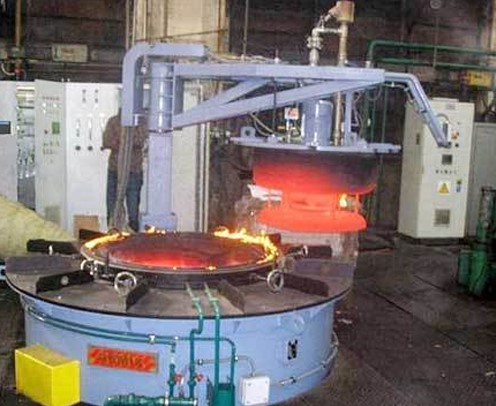

This one is available in both electric and gas types. It is also called the top load furnace and is used for manufacturing aircraft and automotive parts.
They are also very visible among mining, wind energy, and machine production companies. They need a controlled atmosphere to distribute heat at different temperatures.
4. Forging Furnace
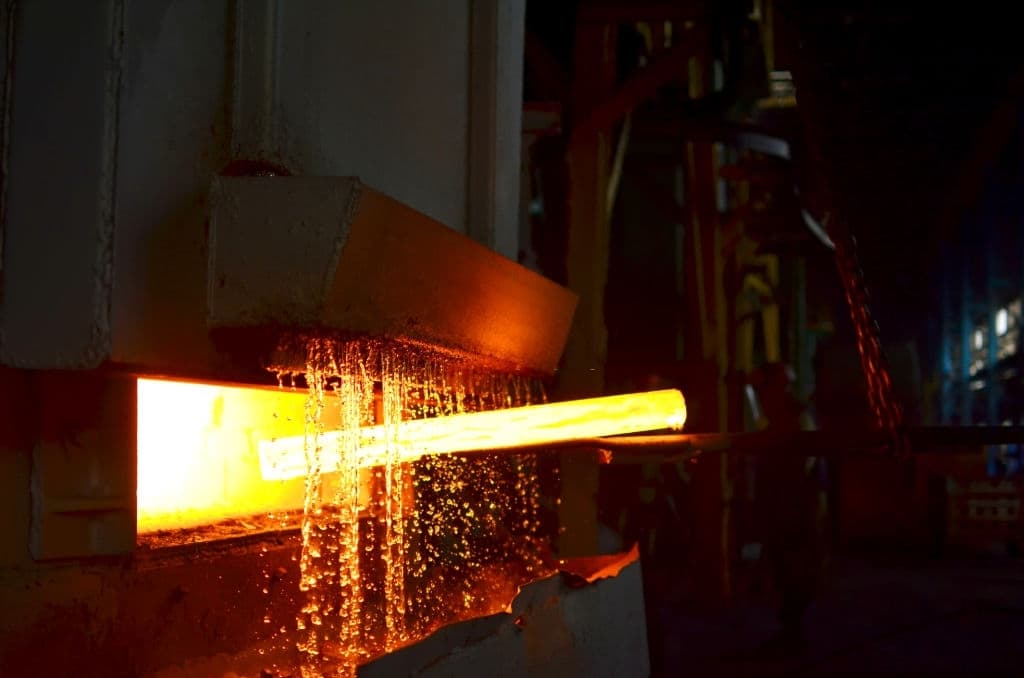

This one is more relatable because it looks like regular pizza ovens. They are open-hearths, transmitting heat and getting metals to a certain temperature where they are no longer that hard and so become ready for forging.
Some newer features of the forging furnace include the auto charge and discharge feature.
5. Quenching Furnace
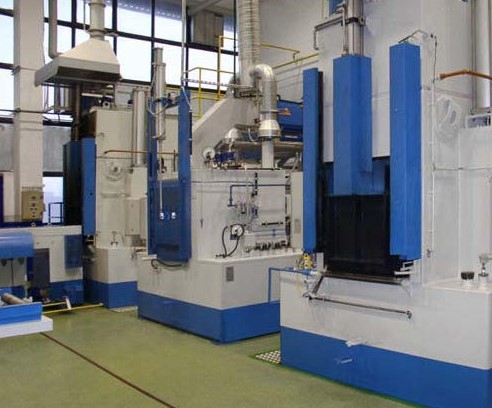

The main function of this furnace is to control the rapid cooling of hardened steel and other materials. Because it prevents overheating and underheating, they increase the toughness of the material.
This one is practically used in manufacturing bearings, gears, agricultural and construction components.
6. Rotary Furnace
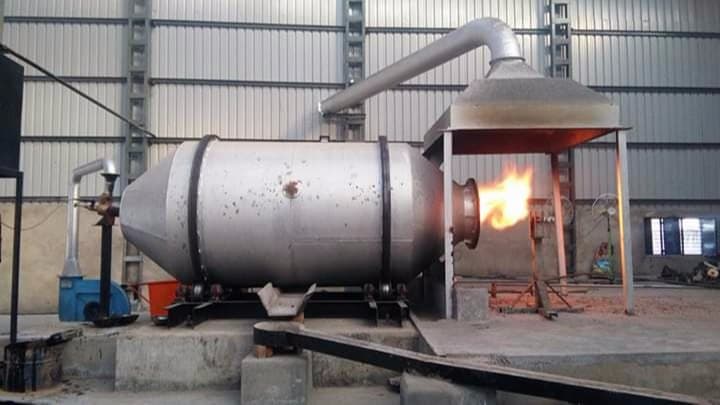

This one features a lined furnace with an attached barrel. It is then mounted on a rotating drive, moving the barrel in a circular motion during the heating process. It is used for calcination and oxidation processes.
7. Salt Bath Furnace
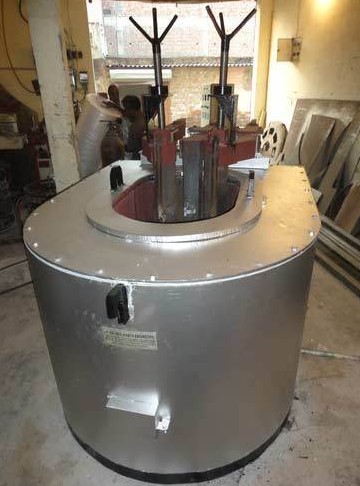

This one is considered a gold standard when it comes to industrial grade furnaces. They offer heating treatments that are five times faster than air furnaces.
It makes use of chloride, cyanide, and other salts to pressure heat materials. It is used for annealing, tempering, brazing, and shaping very hard materials like steel alloy.
8. Tempering Furnace
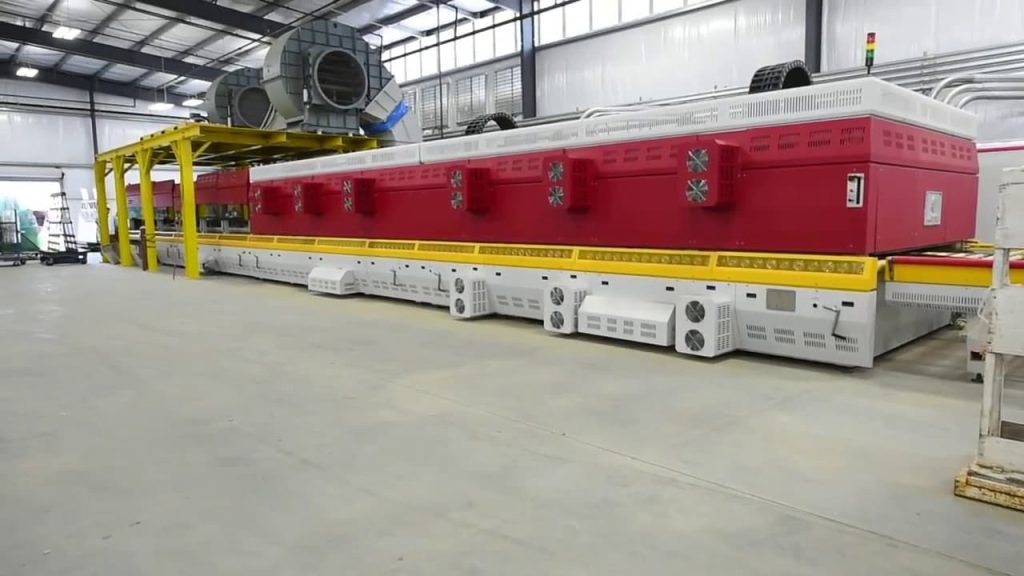

As the name suggests, they are used to temper metal products to make them tougher. To get the right balance of hardness and elasticity, they are often used alongside quenching furnaces. They must be used in controlled environments for best results.
9. Vacuum Furnace
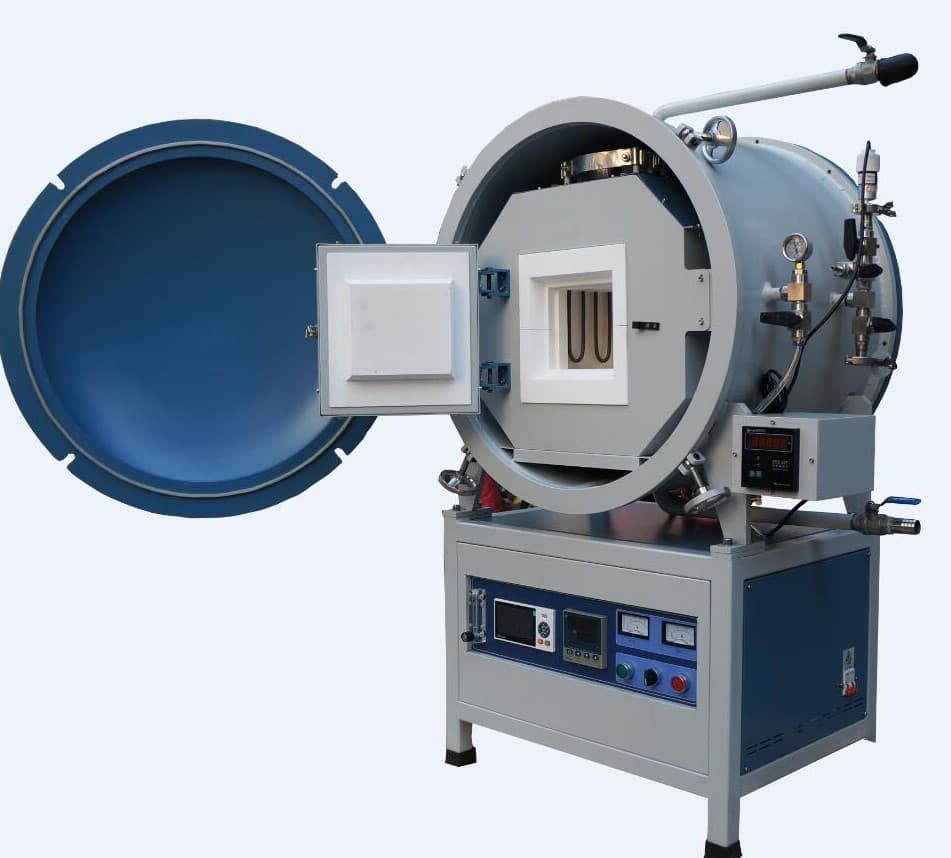

This one is a typical sight in many industries. What sets it apart from the others would be its built-in vacuum to maintain the temperature during the heating process protecting metal materials and heated steel.
There are also surrounding pumps around the vacuum to prevent contamination and oxidation.
BTU/Hour
BTU stands for British Thermal Unit. It is the standard of measurement used in computing the required amount of heat to raise the temperature of 1lb water by 1F.
When it comes to furnaces, the higher the BTU, the faster heat is generated and distributed and not necessarily more powerful. The higher the BTU, the higher the energy consumption of the furnace too.
1. Low
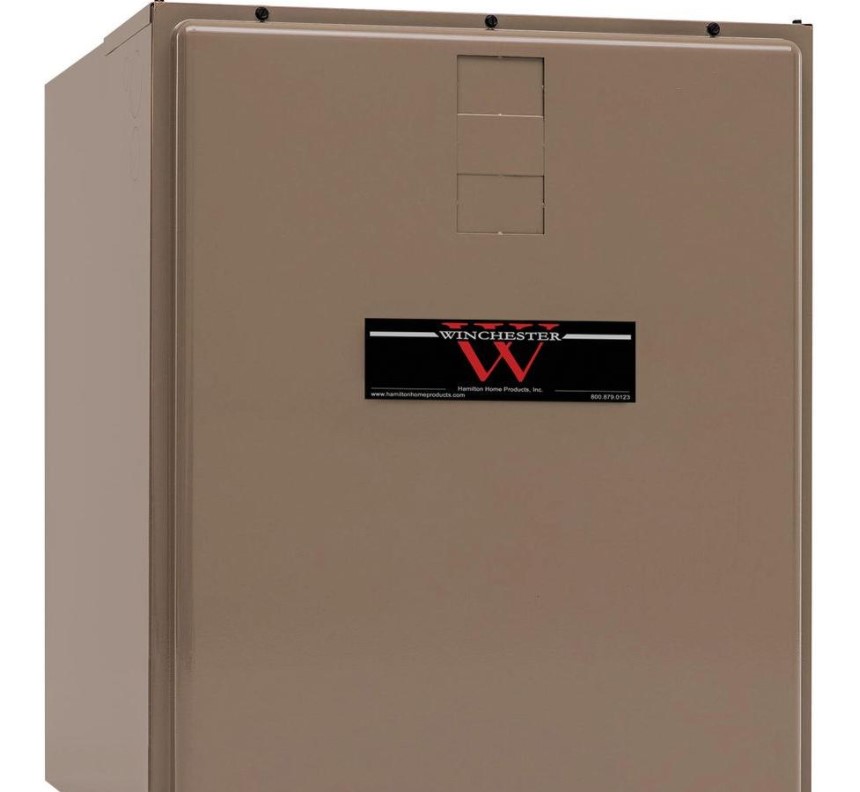

This type of furnace is inexpensive but if you have a large home or if you are in a more drafty, colder location, this might not be the best choice for you since they could turn off every now and then for extended hours. Smaller apartments, however, would benefit a lot from this furnace type.
2. Medium
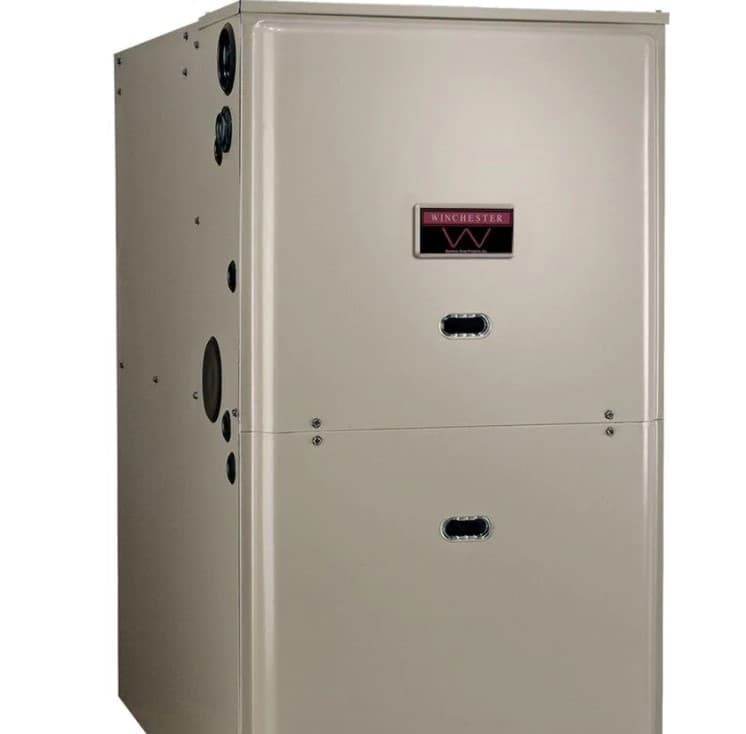

For average size homes, fairly insulated interiors and steady temperatures, this one is the best choice for you. For this, you have to consult professionals to install the furnace for you since they could require additional parts.
3. High


The idea that higher is more is mainly the reason why high BTU furnaces are popular. But for it to work, you have to make sure that it also comes with high efficiency.
You have to take caution when it comes to high BTU furnaces because they can run more than it is intended. This means a larger dent on your electric bill and difficulty in keeping your home warmer on the coldest days.
Features
As with other home essentials, furnaces also come with special features that are advantageous in making sure that we get the best performance out of it. While there are a lot of special features for furnaces, the following are considered must-haves.
1. Energy Star rated
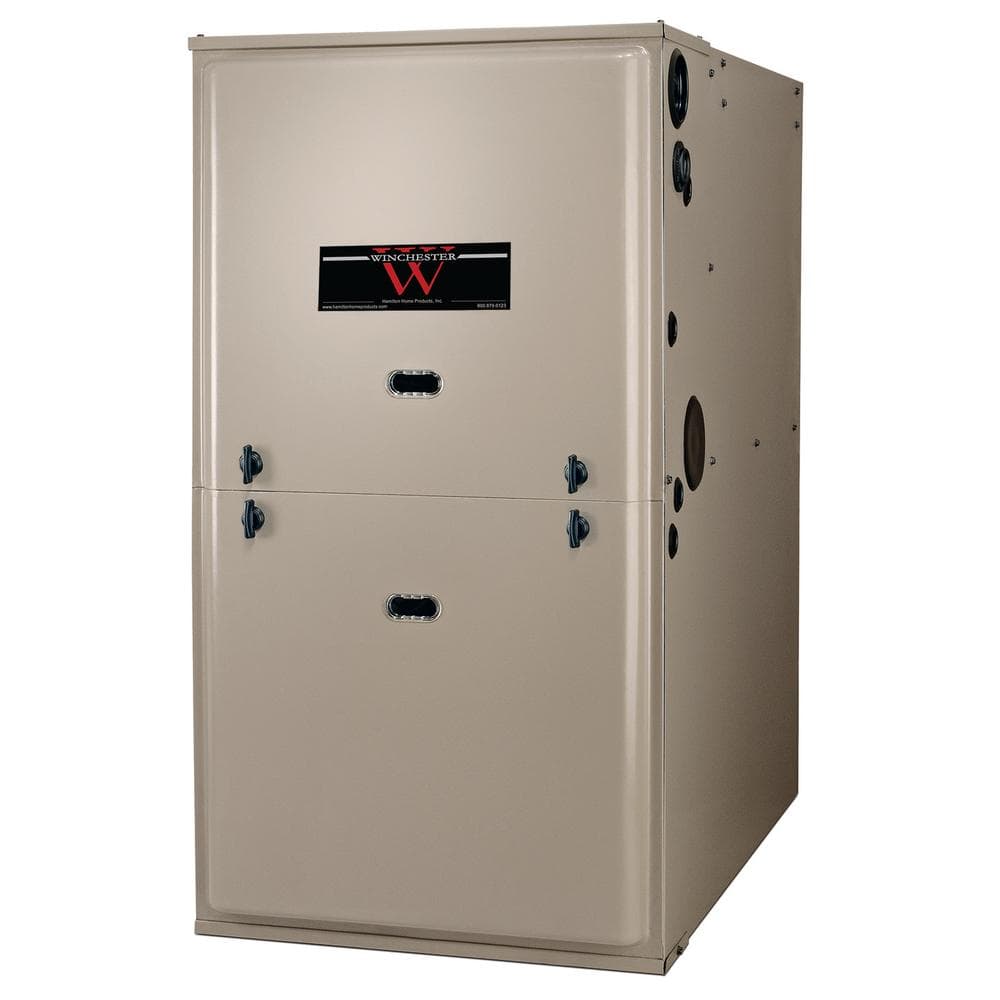

This is the first feature that you should look for when it comes to appliances and furnaces are not an exemption.
An energy star rated furnace is energy efficient. This means that it spends 20-30% less energy than what the government standardized.
2. Smart technology
Having extra features for your furnace if you want to get the most out of your heating system.
On top of it would be opting for furnaces with smart controls like automatic on/off, temperature sensing and automatic adjusting, zone adjustment censor, airflow monitoring, and filter change signal. Having remote airflow monitoring using an app is also a good add-on to your furnace.
3. Sealed combustion
This one is for safety purposes. Having a furnace with sealed combustion means reduced risk from carbon monoxide traces coming from the furnace fumes.
Aside from this, it is also geared for energy efficiency since it could retain the heat in for more even heating.
Air flow
Airflow, both in AC and heating systems, refer to the amount and quality of air flowing from the furnace. Improper installation, clogging or insufficient clearance can all affect your furnace airflow so it is vital that you know the different airflow types.
1. Upflow
This type of furnace gives off warm air from the top of the furnace. If you are installing the ductwork above the furnace, this is the type of airflow that you should go for.
2. Downflow
This one works by drawing cool air on top and then gives off the warm air at the bottom. If the ductwork is at the bottom, this airflow type is the right choice for your home.
3. Horizontal
This one lies on their sides, pushing cool and hot air sideways. They easily fit in basements and attics because they are horizontally compact and do not require a large vertical space.
4. Upflow/horizontal
As the term implies, this one can be installed to take an upflow or horizontal form.
5. Downflow/horizontal
In the same way, this furnace type can be installed either as downlow or horizontal furnace.
6. Multiposition
Perhaps, the most convenient type when it comes to airflow, this one can be installed as upflow, downflow, horizontal, upflow-horizontal, downflow-horizontal and multiposition.
Top furnace brands
There are hundreds of furnace brands out there but in the latest consumer report of 2021, the following brands emerged as the best furnace brands in the market.
- American Standard Furnaces
- Amana Gas Furnaces
- Bryant Furnaces
- Carrier
- Daikin
- Goodman
- Heil
- Lennox
- Rheem
- Ruud
- Train
- York
Related: Rheem vs. AO Smith Water Heater: Difference and Comparison (A Complete Guide)
Factors to consider when buying a furnace
For the most part, we have already covered some of the most important things to consider when buying a furnace. In this section, we rundown other furnace buying guides to ensure that you arrive at the best furnace choice for your home.
1. Local climate
For what it is worth, your local climate should be on top of your buying guide. Average winters may mean that you can settle for low BTU furnaces.
Those with harsh and extended winters can benefit more from furnaces with smart features, electric or gas, and with high BTUs.
2. Size
The size of your furnace is usually determined by its BTU (the lower the BTU, the smaller the furnace size).
Choosing the right furnace size would depend on sub factors such as local climate, home size, number of windows, and ceiling height, among others. If you are not in the computation ante to size, better call an HVAC professional.
3. AFUE ratings
This one stands for Annual Fuel Utilization Efficiency. This determines how much energy is consumed by the furnace and from there you can make a projection as to how much its running cost would be.
Brands and models with 80% AFUE rating are very energy and cost efficient. You can narrow down your choice to this AFUE range if you want a furnace that is not too costly to operate.
4. Budget
Lastly, you have to consider the costs. This does not only involve upfront costs but also probable repair and maintenance costs in the long run. It also includes the brand selection and installation costs.
At an average, the unit cost for natural gas furnaces would be in between $700-6000 while electric furnaces are at $600-3000. Installation cost for both natural gas and electric furnaces would be at $1000-3500.
5. Brand
As have been mentioned, this is one factor to consider in budget ranges but you should know that brand reputation is an important prime determinant of performance and quality.
Not all furnaces are built the same and each brand has their own set of defining features that would give you the best furnace experience. Make sure that you get a hold of a brands’ list and checkout furnace models from this list first.
6. Reviews
Customer reviews and consumer surveys also prove to be an important factor in making the right furnace choice.
Again, cheap does not always equate to good performance, durability, and longevity. Having firsthand information and insider opinions can help you in narrowing down your furnace brand list.
7. Warranty
Furnace brands or models that are covered by at least 10 years of warranty is already considered a good catch. But do not just rely on the number of years, however. You should also thoroughly check its coverage.
FAQs
How long does a furnace last?
Depending on the brand, type, fuel used, BTU, and the overall maintenance and annual tuning up measures, the average lifespan of furnaces would be 10-20 years. This is primarily the reason why having a 10-year furnace warranty is a real good catch.
Is it OK to leave the furnace running all day?
Truth be told, there is no strict regulation as to how many hours a day the furnace should be left open so we can say that it is okay for it to be left running all day. As a matter of fact, HVAC professionals would tell you that extended use of furnace fans can actually help in better air circulation at home. The only consideration is the heat level in the thermostat.
When should you replace your furnace?
Although we now have a benchmark as to the lifespan of furnaces, there are still conditions that would signal furnace replacement. If you are already seeing or experiencing one or more of these signs and symptoms in the list, it might be time to replace your furnace.
- Age of the furnace
- Electric bill is rising
- Soot, dust, and dirt particles in the home
- Frequent problems in sustaining humidity at home
- Visible cracks and signs of rusting around the furnace system
- Frequent repairs
How do I know if my furnace has a carbon monoxide leak?
Carbon monoxide is a harmful substance when inhaled so it is very important that you know when this happens. Here are some signs of carbon monoxide leak in your furnace:
- Heavy air condensation in windows
- Soot-like stains around the furnace
- Smoke and fumes from the furnace
- Overheating smell
- Yellow flame instead of blue
Conclusion
The cold months are just around the corner and the demand for furnaces to give heat and warmth to the home is yet again at its peak. However, choosing the right furnace to buy can be challenging as has been proven by what we have covered here.
Aside from knowing the type of furnace for your needs, you also have to consider other factors such as airflow, type of filter to use, fuel type, and more.
A comprehensive buying guide is always essential in buying appliances that are as crucial as furnaces. Checking reviews and consumer reports, knowing the impact of local climate and buying one that is apt for your household size are equally important determinants too.







